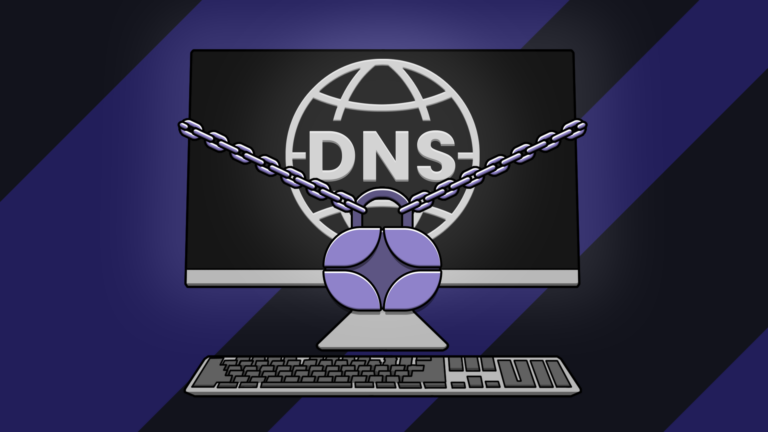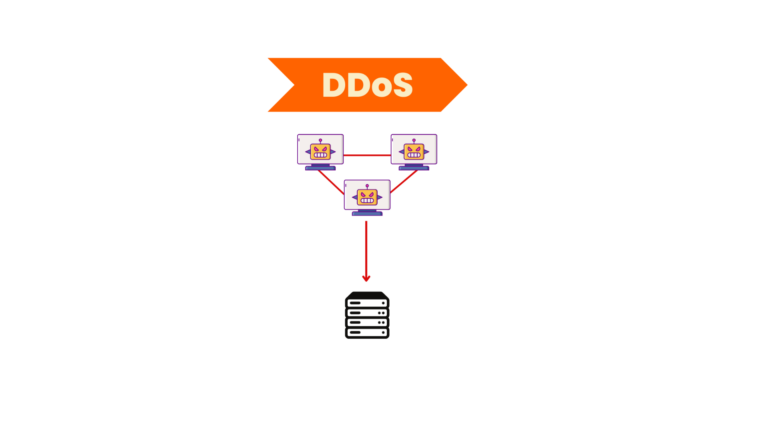How do I check DNS logs for errors?
DNS (Domain Name System) is responsible for converting domain names into IP addresses. If something goes wrong, websites might not load properly, and network issues can occur.
Checking DNS logs can help identify problems and fix them. Here’s how you can do it step by step.
1. What Are DNS Logs?
DNS logs keep a record of all DNS queries and responses. These logs help in diagnosing network problems, security threats, and misconfigurations.
2. Where to Find DNS Logs?
DNS logs are stored in different locations depending on the operating system and the DNS server you are using. Here’s where you can find them:
- Windows Server (Using DNS Manager): Logs are stored in
C:\Windows\System32\dns\dns.logif logging is enabled. - Linux (Using BIND DNS Server): Logs are found in
/var/log/syslogor/var/log/named.log. - Cloud-Based DNS Services: Check the admin dashboard of your DNS provider (e.g., Google Cloud, Cloudflare, AWS Route 53).
3. How to Enable DNS Logging
If logging is not enabled by default, you may need to turn it on.
On Windows Server:
- Open DNS Manager.
- Right-click on the DNS server name and select Properties.
- Go to the Debug Logging tab.
- Check Log packets for debugging and choose a file location.
- Click Apply and OK.
On Linux (BIND Server):
- Open the configuration file:
sudo nano /etc/named.conf- Add the following lines:
logging {
channel query_log {
file "/var/log/named.log" versions 3 size 5m;
severity info;
print-category yes;
};
category queries { query_log; };
};- Save and restart the service:
sudo systemctl restart named4. How to Check DNS Logs for Errors
Once logging is enabled, you can check for errors using different methods.
Using Command Line (Windows):
- Open Command Prompt as Administrator.
- Use the following command:
findstr /i "error" C:\Windows\System32\dns\dns.log- This will show all lines with errors.
Using Command Line (Linux):
- Open a terminal.
- Use the command:
sudo grep -i "error" /var/log/named.log- This will display error messages.
Checking Logs in Cloud Services:
If using a cloud provider, go to the Logs or Monitoring section in the provider’s dashboard.
5. Common DNS Errors and How to Fix Them
| Error Message | Meaning | Solution |
|---|---|---|
| SERVFAIL | DNS server failed to respond | Restart the DNS service or check network issues |
| NXDOMAIN | Domain does not exist | Check if the domain is spelled correctly |
| REFUSED | Query refused by the server | Ensure the DNS server allows queries from your device |
| TIMEOUT | DNS request took too long | Check firewall settings or network connectivity |
6. How to Prevent DNS Issues
- Keep DNS software updated: Outdated software can cause issues.
- Monitor logs regularly: This helps detect issues early.
- Use alternative DNS servers: If one DNS server fails, another can take over (e.g., Google DNS:
8.8.8.8, Cloudflare DNS:1.1.1.1). - Check firewall settings: Sometimes, firewalls block DNS queries.
Conclusion
Checking DNS logs is an important step in troubleshooting network issues. By enabling logging, searching for errors, and understanding common issues, you can quickly find and fix DNS problems.
Regular monitoring and proper configuration will help ensure a smooth and reliable DNS experience.






